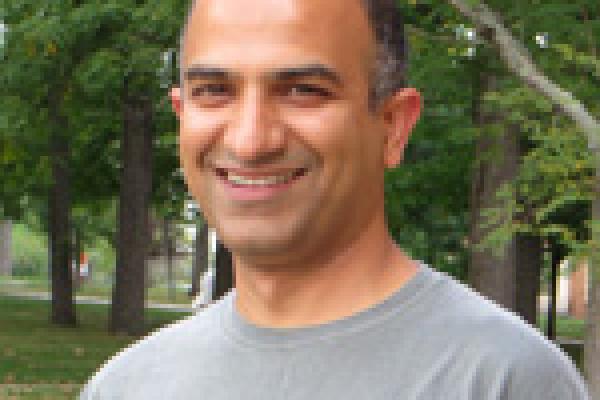
My research explores explores the use of spectroscopy and imaging to probe function and structure of intact living tissues at optical frequencies. In the visible-near-infrared window, there are a variety of ubiquitous biochemical molecules and proteins strongly interact with light providing naturally occurring contrast. Thus, if the tissue absorption coefficient can be assessed accurately, the concentrations of these proteins and bio-molecules in the tissue can be determined, which would provide direct functional (or physiological) information about the tissues. However, quantitative extraction of absorption has to be achieved in these media in the presence of significant scattering. In this talk, I will cover the basic physical models that we have developed to study light propagation in multiply scattering media and describe their use in non-invasive, dynamic and quantitative optical sensing across different biological applications. I will illustrate the potential of optical sensing as an integral component in human healthcare and present examples to highlight how advances in low-cost computing/opto-electronic components can be leveraged to reduce costs of building optical components. I will discuss how such advances render these imaging and spectroscopic methods as practical and feasible tools for personalized care and/or global health.
